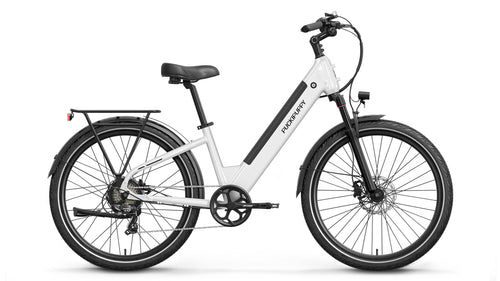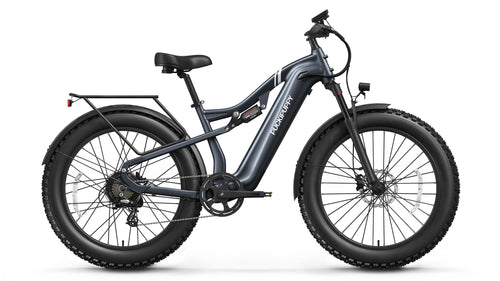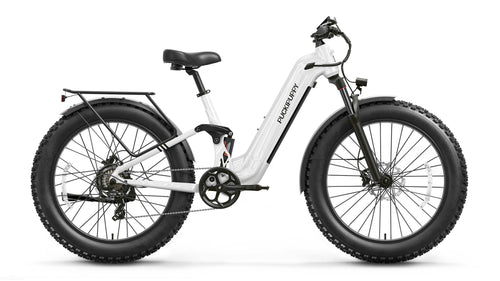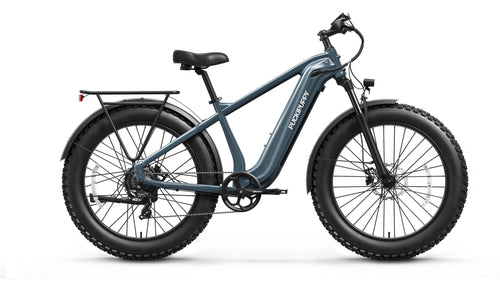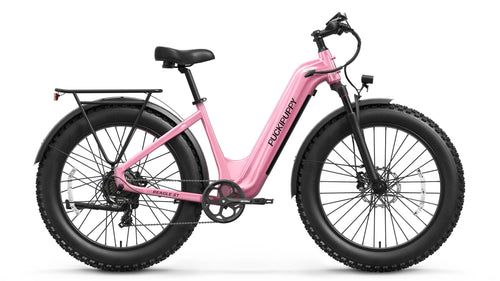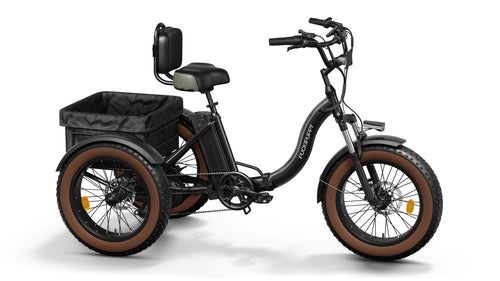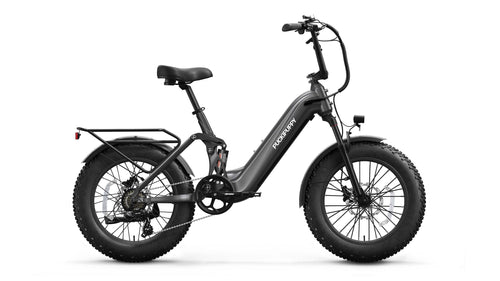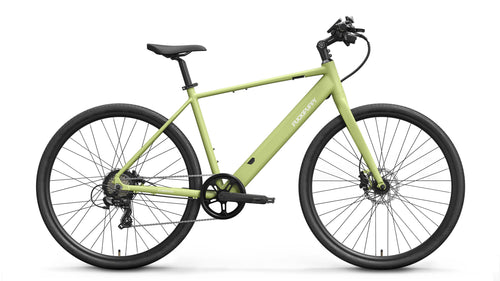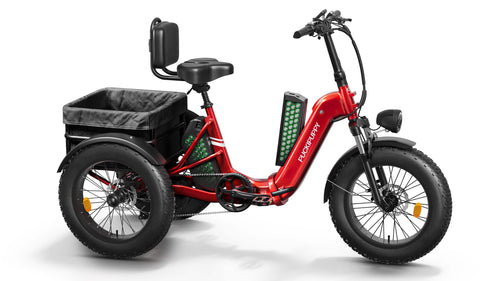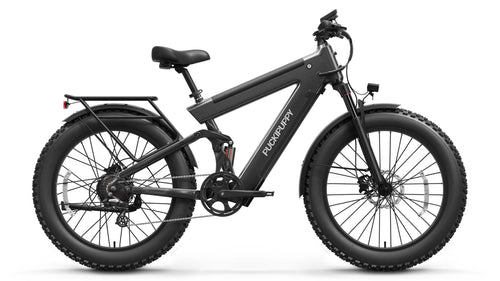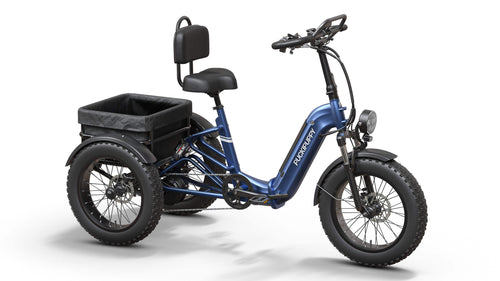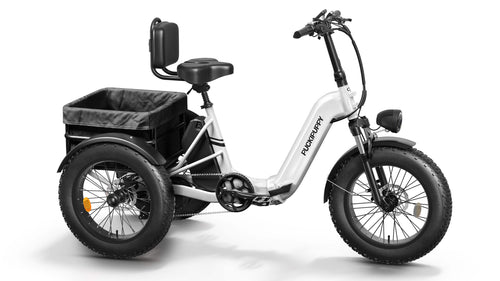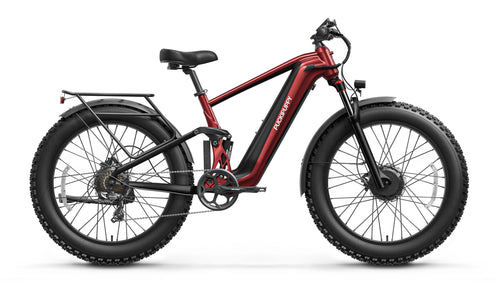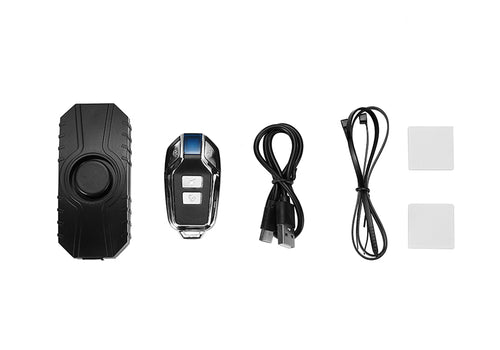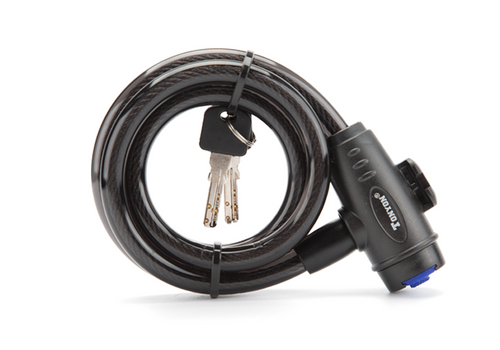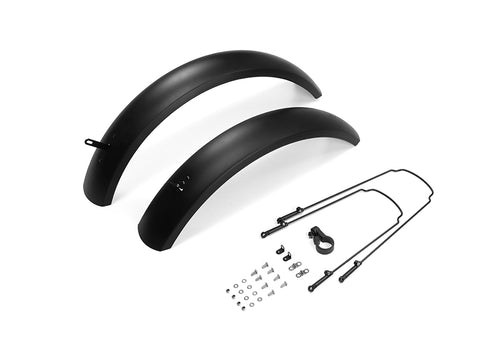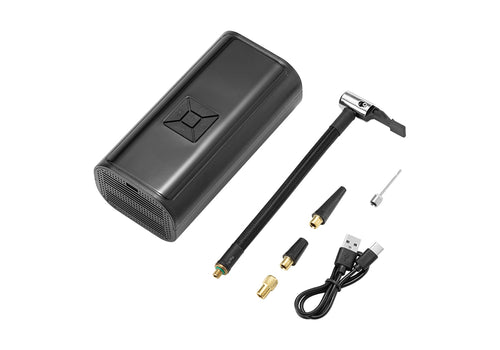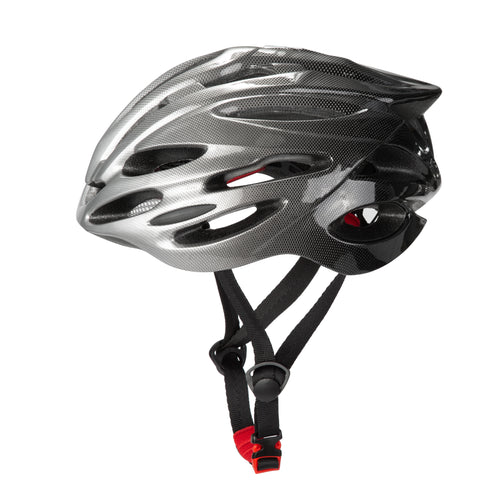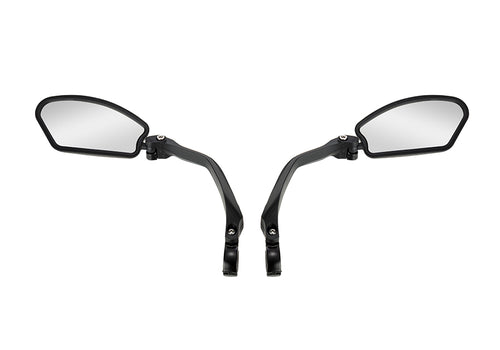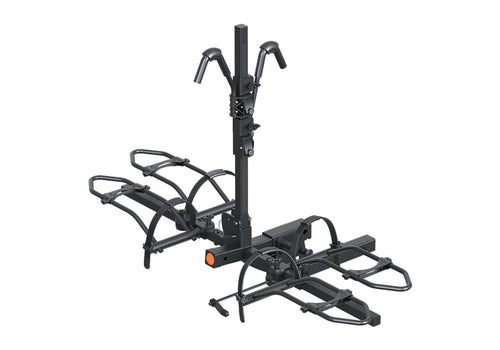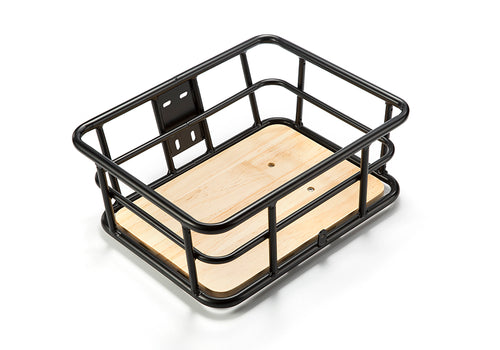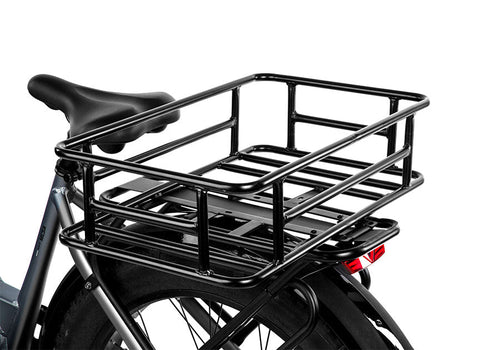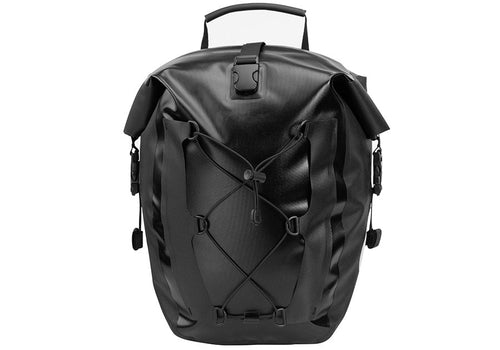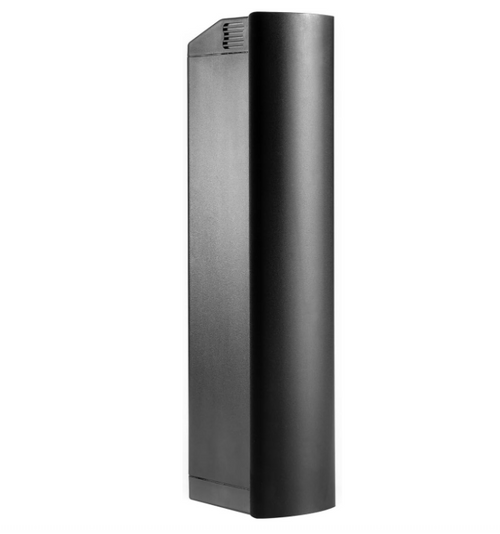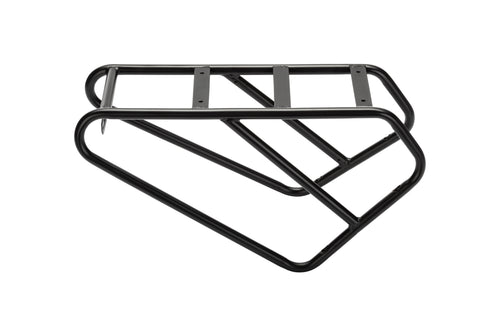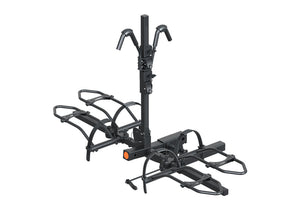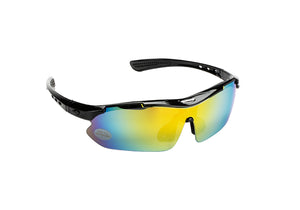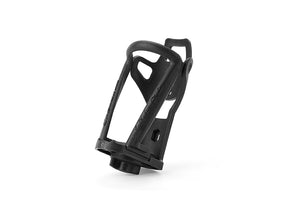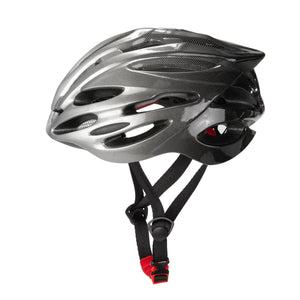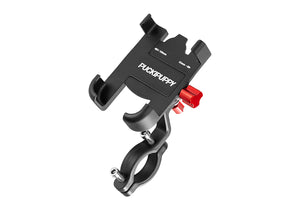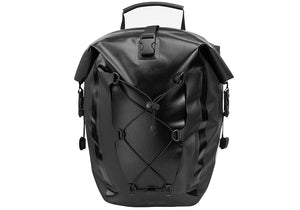Pre-Purchase Notice:
Please confirm all product details before placing your order. At Puckipuppy, we stand behind the quality of our products and want you to shop with confidence.
Before purchasing, we kindly ask you to review the following information regarding our return fee policy. This policy applies to all components, accessories, and e-bikes sold by Puckipuppy.
If you have any questions, feel free to reach out to our fast-response customer support team — we’re here to help!
1. Undelivered Items – Cancellation & Return Policy
Before Shipment: If you contact us within the allowed time frame to cancel your order before a tracking number is generated, you will be eligible for a full refund.(Not including credit card processing fees.)
Please note: If a tracking number has been assigned—even if the carrier status shows "not picked up"—the item is considered shipped. In this case, please refer to the "After Shipment" return policy below.
After Shipment: If you cancel or refuse the order after it has been shipped, you will be responsible for both the outbound and return shipping costs, even if the order originally included “free shipping.”
Unfortunately, we are unable to cancel orders that have already been processed and sent to our warehouse. Thank you for your understanding.
Our order processing is fast, so if you wish to cancel, you must contact support@puckipuppy.com within 12 hours of placing your order. Once the order has been submitted to the warehouse, cancellation will no longer be possible. If needed, please refer to the return policy below for return terms and refund details.
Successful Cancellation
Card Processing Fee: A 5% processing fee will be deducted from your refund to cover merchant card transaction costs.
(This fee will be waived if you are requesting an exchange instead of a refund.)
2. Return & Refund Policy for Received Items
⚠️ Important Notice:
Please retain the original packaging and all included materials for at least 30 days after receiving your order, in case a return or exchange is required.
If you need to return or exchange the product but no longer have the original packaging:
You must use a box that matches the original size of the bike. We highly recommend using protective foam or air columns inside the box to secure the frame during transit. If you need assistance, feel free to contact our customer service at support@puckipuppy.com. Thank you for your understanding and support.
For accessories:
Returns or exchanges will not be accepted once the item has been shipped, unless the product has a quality issue. If you have any questions, please contact support@puckipuppy.com before placing your order.
Please Note: All items must be returned in their original packaging.
A $500 repackaging and handling fee will be charged if the original packaging is missing.
Return Authorization Required
All returns must be pre-approved. Once your return request is authorized, you will receive a prepaid return shipping label issued by Puckipuppy.
Returns sent without prior authorization will not be accepted or refunded. Puckipuppy will refuse all unauthorized or unscheduled shipments.
To initiate a return, please email support@puckipuppy.com with photos of the product for review.
Return Address: 1040 Walnut Ave, Pomona CA 91766
Return Window
Buyers may submit a return request within 15 days of delivery by contacting support@puckipuppy.com.
Return requests submitted after the 15-day window will not be approved.
Return Conditions
We accept returns of any unused and unopened items within 15 days of delivery for a full refund, with no restocking fee. However, buyers are responsible for round-trip shipping costs ($300) and a 5% merchant processing fee.
Unless the return is due to a shipping error on our part, the customer is responsible for covering all return shipping costs.
Refunds will be issued to your original method of payment.
Returns for Used or Opened Items
Used or opened items may be returned within 15 days of delivery, but the following fees will apply:
Round-trip shipping fee: $300
Warehouse handling fee: 20% of the original purchase price
Merchant processing fee: 5%
To qualify for a return, the item must show no signs of wear, including but not limited to dirt, scratches, or usage marks.
The product must be returned in the same condition as received, in its original packaging, and include all original accessories and contents.
For electric bikes, the odometer reading must not exceed 20 miles.
Thank you for your understanding. If you have any questions, please don't hesitate to contact our customer support at your convenience.
Exchange
Model exchanges are only available for electric bikes.
If you wish to exchange your model for a different one, please contact our customer service team in advance to place a new order for the desired model and return the original order.
All exchange requests are subject to our return policy and require prior approval via email from our customer service team.
Please note that free shipping does not apply to exchanged bikes. All return and exchange shipping costs are the customer's responsibility. Appreciate your understanding!
Orders with Discount Codes – Return Policy
For products purchased using a discount code, the refund amount will be reduced by the total value of the discount, regardless of whether you return one or multiple items.
For orders that included gifts or promotional items, all gifted items must be returned along with the purchased products.
Refund Process
The final refund amount may be reduced by any applicable restocking fees, return shipping costs, and credit card processing fees incurred during the original order.
For returned orders, refunds will not be approved until the returned package has been successfully received and inspected by our warehouse.
Customers will receive an email notification once the refund is approved, and the refund will be issued to the original payment method.
Please allow up to 30 days for your bank or credit card company to process the refund.















